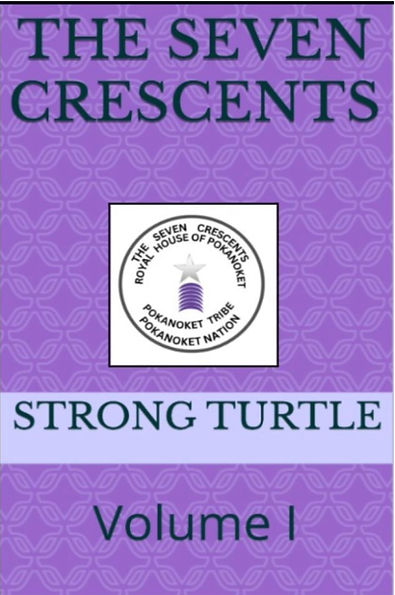Part 4

Massasoit’s Domain: The Pokanoket Confederation and the Politics of Survival in Colonial New England
Who were the first sovereign Indigenous nations to encounter the Pilgrims at Patuxet (Plymouth) in 1620-1621, and how did their established systems of governance, diplomacy, and land management function before and adapt to early English colonization? The Indigenous peoples who encountered the Pilgrims in 1621 were not “simple tribes” but members of a sophisticated political confederation united by the Massasoits of Pokanoket whose governance, territorial sovereignty, and diplomatic strategies rivaled those seen in the Old World. This paper dismantles the myth of Indigenous “primitiveness” by reconstructing the true scale of Massasoit Ousamequin’s domain. It reveals how its collapse resulted not from inferiority but disease, colonial violence, and historical erasure, which has obscured one of pre-colonial southern New England's most powerful Indigenous governments.
Unraveling Indigenous Governance in Pre-Colonial New England
The Indigenous people who encountered the Pilgrims in 1621 were part of a complex matrix of tribes, bands, and clans in what is now southeastern Massachusetts and Rhode Island. These tribes are often collectively referred to today as the Wampanoag, though historically it is important to note that this term was not used by the Indigenous people themselves, or any colonial settlers in the early 17th century.
The term "Wampanoag" itself is a modern post-colonial construct that does not fully capture the diversity and fluidity of Indigenous identities prior to European colonization. It obscures the decentralized yet interconnected sachemships (territorial chiefdoms) of the region that colonists later grouped under a single term for administrative convenience. There is no evidence in either colonial or Indigenous records prior to the outbreak of King Philip’s War in the 1670s that employs this term to describe a distinct people, polity, or government in southern New England. Instead, the Indigenous nations of the region identified themselves by more localized names tied to particular a settlement or territory, such as the Massachusett, Nipmuc, Nauset, Patuxet, and Pokanoket. Taken together, these identities reflected not a single, monolithic “tribe,” but a layered and interconnected political world, where alliances and confederations linked neighboring groups in complex ways.
